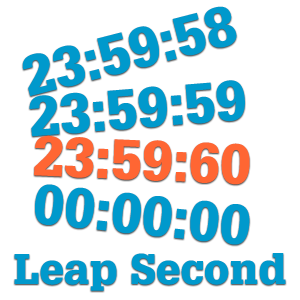 We survived the leap second, as we did to Y2K, with no Critical problems reported by our Customers. We did some tests a time ago and we tracked the issue in the Bug 100014.
We survived the leap second, as we did to Y2K, with no Critical problems reported by our Customers. We did some tests a time ago and we tracked the issue in the Bug 100014.
However you may see some CPU problems with MySQL and Java in your Zimbra Collaboration environment, like the next picture for example in case that you are using a monitoring tool like Nagios.  The root cause is a Linux kernel issue – but that would have needed to be updated to a fixed version before the leap second happened to have avoided the problem.
The root cause is a Linux kernel issue – but that would have needed to be updated to a fixed version before the leap second happened to have avoided the problem.
How can you fix it?
Well, some of these answers may help you:
- Run a date -s now like root user and restart the Zimbra service like zimbra user.
- Run date -s “`date`” as root user and restart the Zimbra service like zimbra user.
- If you are running ntpd, run the next commands: service ntpd stop date -s “`date`” service ntpd start
- Reboot the server can fix the issue also sometimes.
References
Internet is full of websites where are discussing the Leap Second impact in MySQL and Java servers, one of the best threads are:
- https://blog.mozilla.org/it/2012/06/30/mysql-and-the-leap-second-high-cpu-and-the-fix/
- https://lkml.org/lkml/2012/7/5/440
- http://serverfault.com/questions/403732/anyone-else-experiencing-high-rates-of-linux-server-crashes-during-a-leap-second
We are looking forward to hear more about you and your environment, let us know here or in the Community thread – https://community.zimbra.com/collaboration/f/1886/t/1139639

[…] https://blog.zimbra.com/2015/07/zimbra-mysql-java-leap-second-high-cpu-problem/ […]